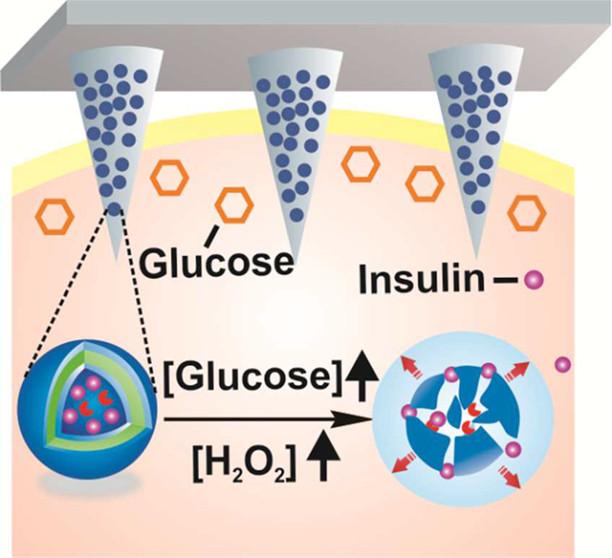[Boston, MA] - An age-old drug may point to a brand new way to treat type 2 diabetes, according to scientists at Joslin Diabetes Center and the University of California in San Diego (UCSD).
The ability of salicylates such as aspirin to lower blood sugar has been recognized since the late 19th century � albeit largely forgotten by modern medical science. In a study published in this week�s Science, researchers at Joslin and UCSD report that high doses of salicylates reverse high blood sugar, high insulin and high blood fat levels in obese rodents by influencing a pathway in cells referred to as the IKKb pathway. The IKKb pathway appears to inhibit the effects of insulin, so by inhibiting the inhibitor (IKKb), the body�s own insulin becomes more effective.
Their research suggests that this pathway is a potential new target for drug development to treat type 2 diabetes, which affects an estimated 15 million Americans and many more worldwide.
"If a drug could be developed with this capacity to lower blood sugars, but without high-dose aspirin's side effects, we could potentially have a potent new treatment for type 2 diabetes," says Steve Shoelson, M.D., Ph.D., a researcher at Joslin in Boston and senior author of the study.
Aspirin has never been pursued as a long-term treatment for diabetes because the effect wasn�t sufficiently understood � and there can be serious side effects of high-dose aspirin therapy, which in adults is taken in dosages of 6-8 grams per day to have a pronounced glucose lowering effect. For comparison, the typical dose of two regular tablets is 650 mg, or 0.65 grams, of aspirin. Side effects of high-dose aspirin include dizziness, a ringing sensation in the ears, and gastrointestinal upset including nausea and vomiting. High-dose aspirin can also cause gastrointestinal bleeding, if taken for prolonged periods of time as would be required of a treatment for diabetes. For these reasons patients with diabetes should not attempt to treat high blood sugars with aspirin.
Continue Reading Below ↓↓↓
Type 2 diabetes develops, scientists theorize, as a result of an inability to produce adequate amounts of insulin and/or an inability to use the insulin produced to convert glucose from food into energy for cells. Frequently people with type 2 diabetes produce more insulin than might normally be required, but because the body�s cells are resistant to insulin�s effects, the insulin produced can�t work to unlock cells to let food in as energy. In addition to having elevated blood sugar, people with type 2 diabetes thus frequently have higher than average levels of insulin in their blood streams. They also have higher than average levels of certain blood fats, such as triglycerides. Scientists theorize that these higher levels of insulin and blood fats contribute to the serious, life-threatening complications that can occur in people who have had type 2 diabetes for a period of time. These complications include heart, kidney, eye and blood vessel disease.
Recognizing that aspirin can lower blood sugars, the Joslin and UCSD scientists focused on determining the underlying mechanism. They performed their studies in Zucker fa/fa rats and ob/ob mice � two types of rodents that are genetically obese and develop diabetes in much the same way as humans. Through these studies, they observed that the rodents experienced increased sensitivity to insulin�s effects, that is decreased insulin resistance, and as a result they produced less insulin. Levels of glucose and insulin, and free fatty acids and triglycerides (types of blood fat) all declined.
The scientists then took tissues from the treated animals to analyze the various signaling proteins in them that are involved in the extremely complex and not fully understood process by which insulin stimulates the cells to take glucose in to use as energy. Through these studies they identified IKKb as the relevant molecule that aspirin likely targets. For a coup de gr�ce, the scientists reduced the amount of IKKb in tissues of mice using genetic methods, and found that the mice were protected from developing obesity and diet-induced insulin resistance.
"These findings implicate an inflammatory process in the pathogenesis of insulin resistance in obesity and type 2 diabetes and identify the IKKb pathway as a target for insulin sensitization," write the authors.
Copyright � 2001 by Joslin Diabetes Center.










